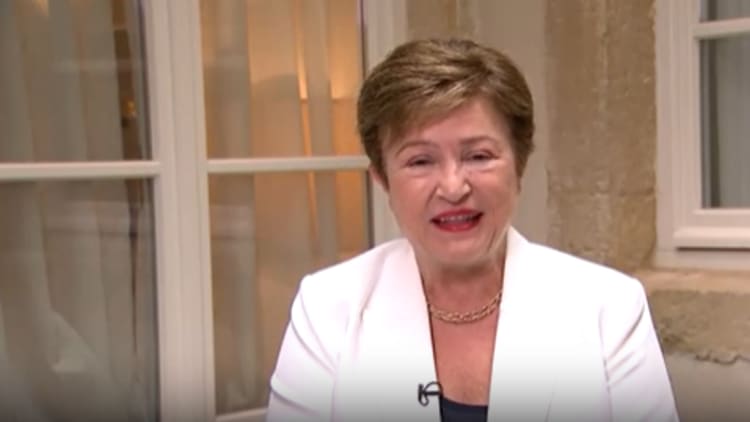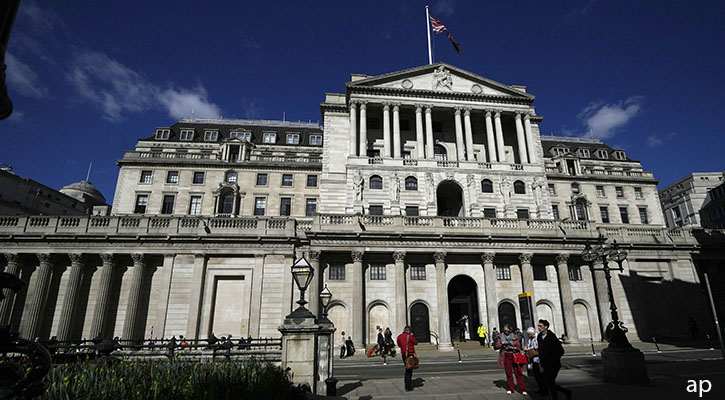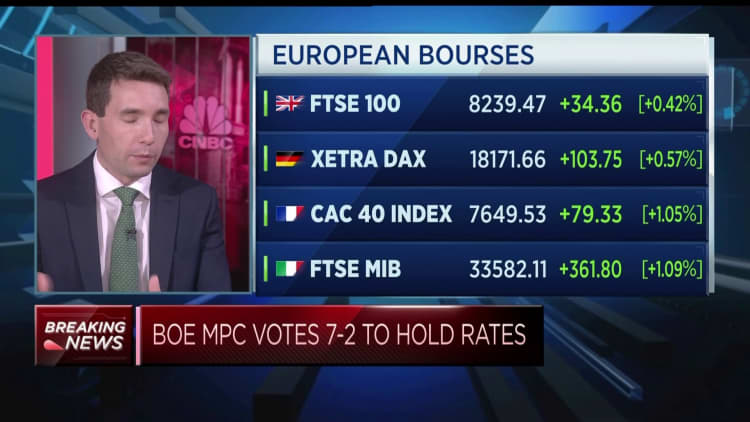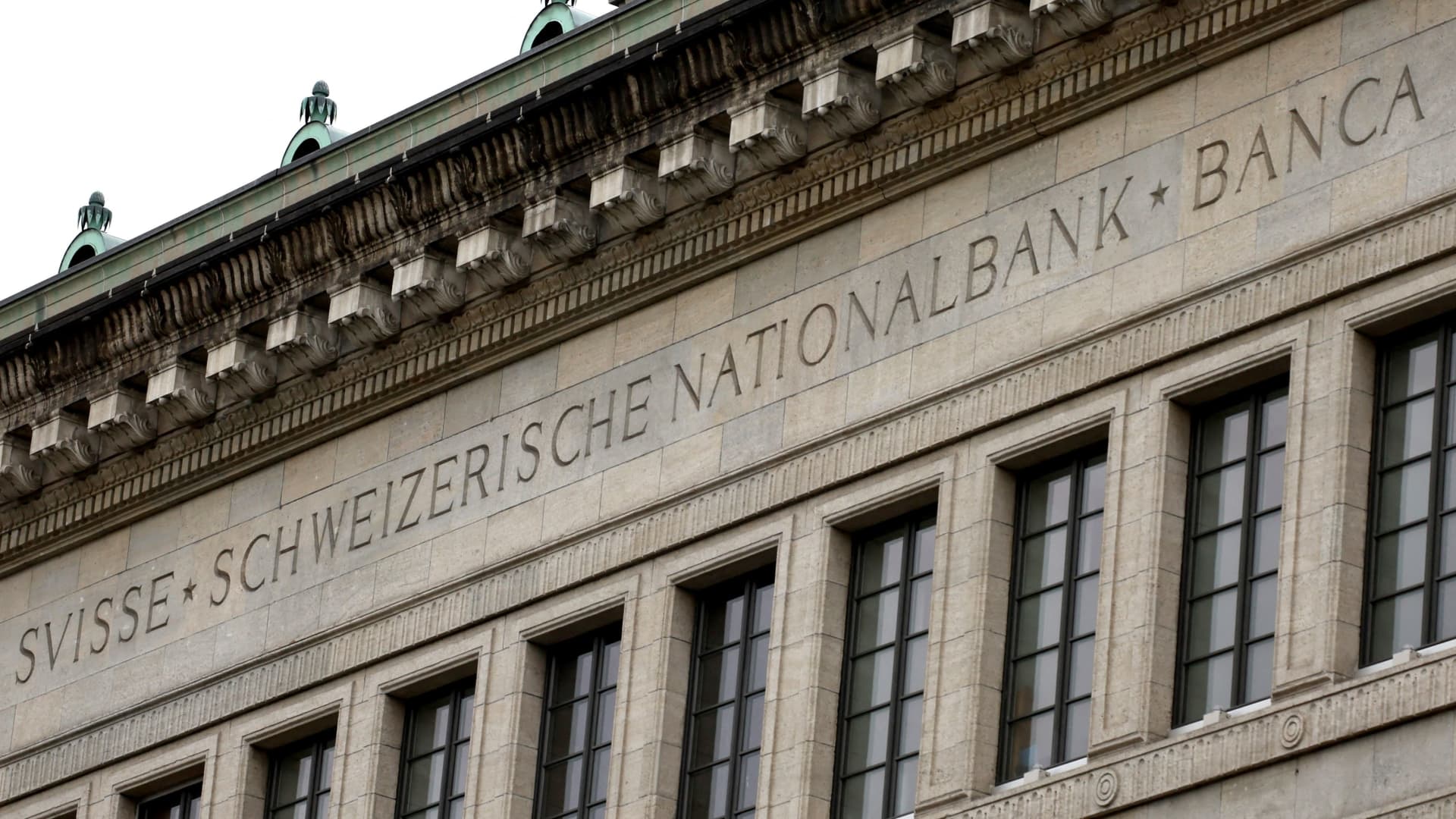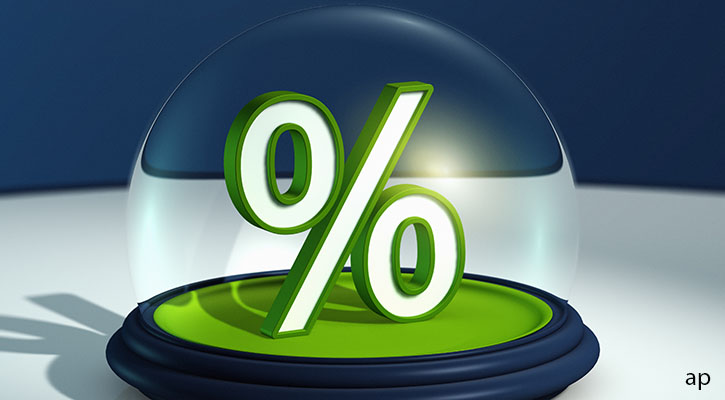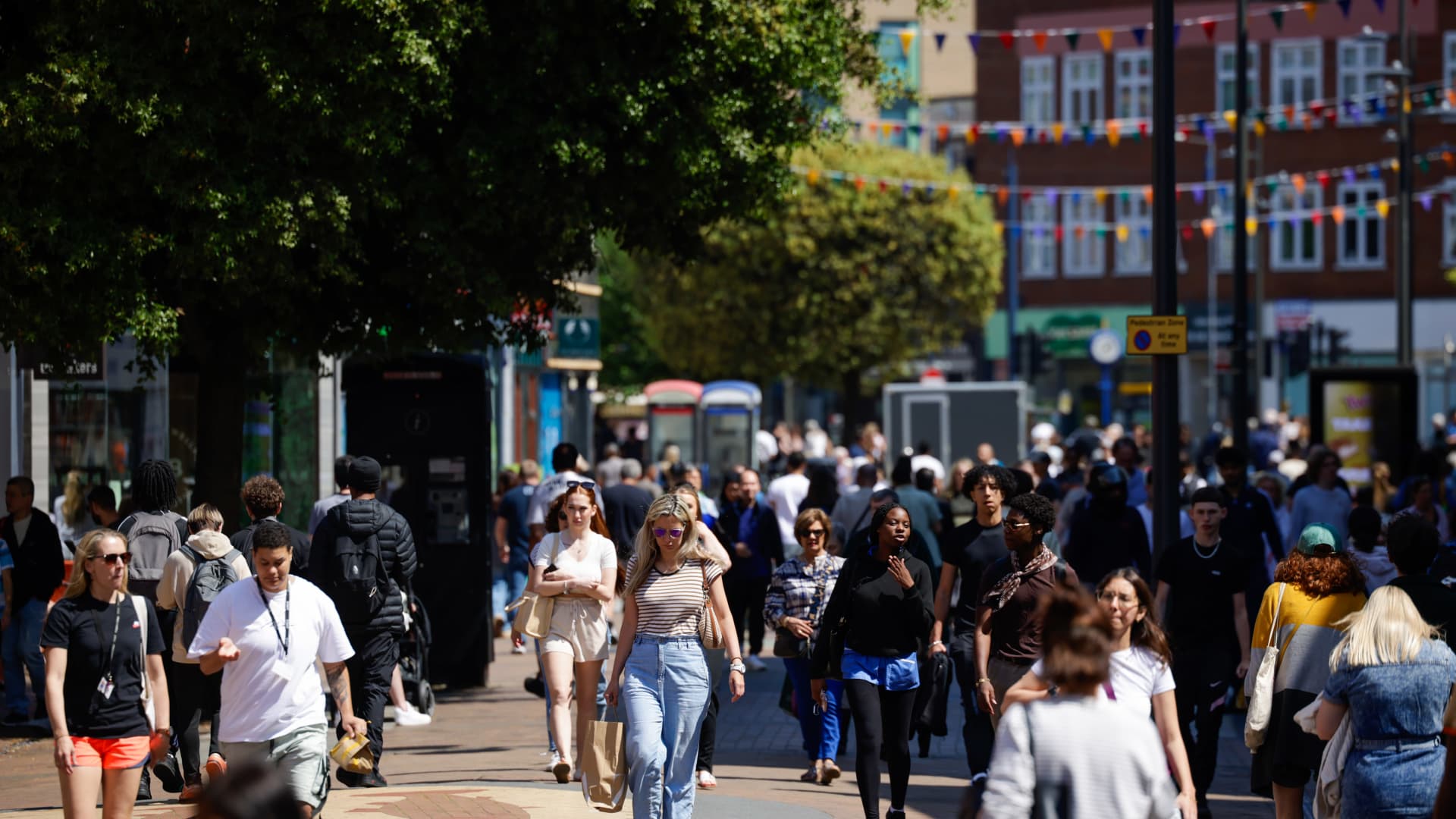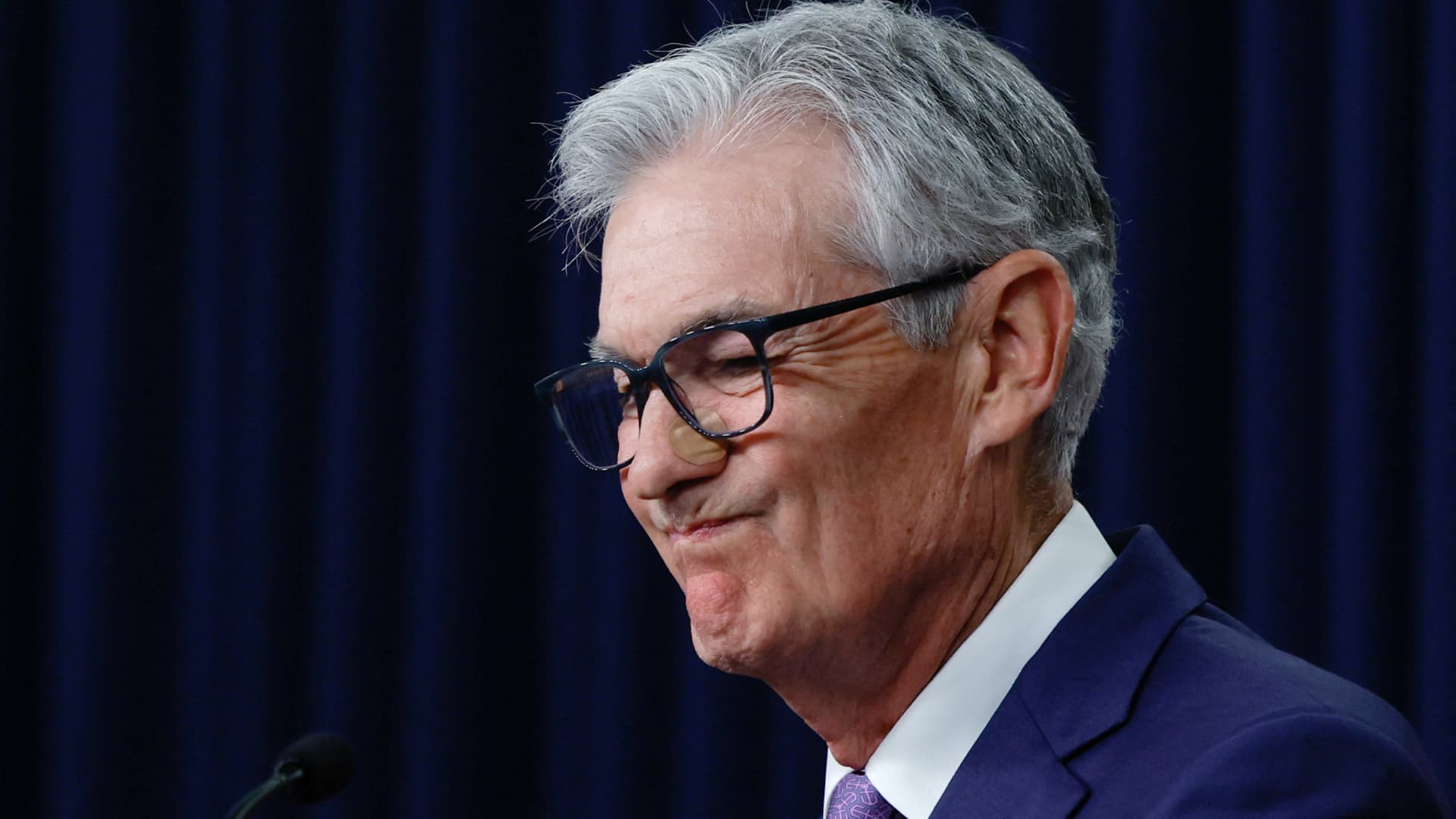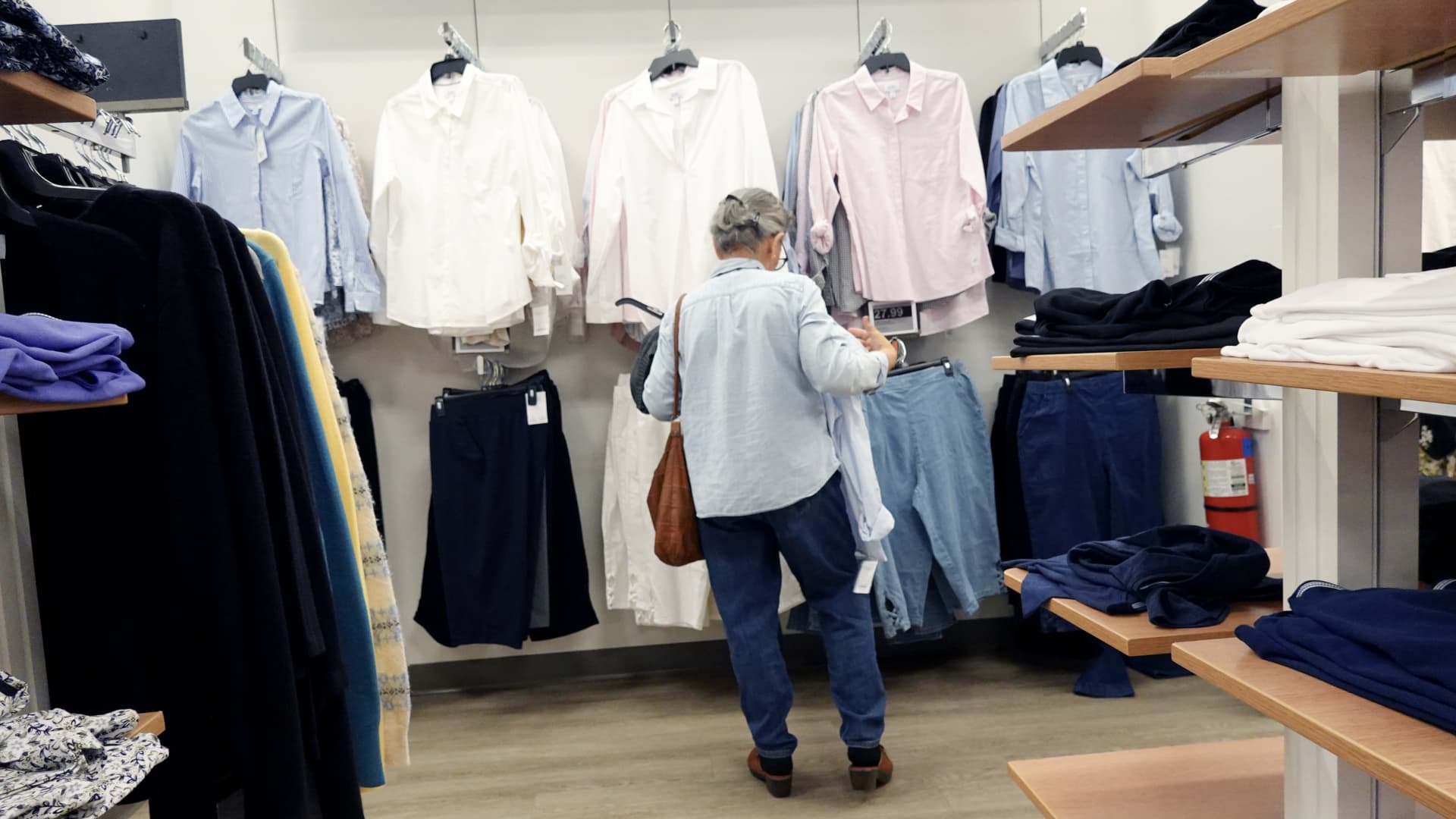Speaking to CNBC’s Karen Tso, IMF Managing Director Kristalina Georgieva said Europe’s economic performance was strengthening and inflation was clearly on a downward trajectory. “We come with this relatively good news and with a warning: There is no time to waste for the euro zone to concentrate on productivity,” Georgieva said. “Right now, Europe looks like an ideas supermarket for the United States,” she added. Kristalina Georgieva, chief executive officer of the World Bank Group, arrives to a briefing at the annual meetings of the International Monetary Fund (IMF) and World Bank in Washington, DC, US, on Friday, April 19, 2024. Bloomberg | Bloomberg | Getty Images
The head of the International Monetary Fund on Thursday called on Europe to achieve the full potential of its prized single market, lamenting what she described as a situation that makes the region look like “an ideas supermarket” for the U.S.
Speaking to CNBC’s Karen Tso, IMF Managing Director Kristalina Georgieva said Europe’s economic performance was strengthening and inflation was clearly on a downward trajectory.
Indeed, alongside the IMF observing an uptick in consumption, Georgieva said expected interest rate cuts from the European Central Bank would likely help investment in the euro zone and bolster the 20-member bloc’s economic performance.
“We come with this relatively good news and with a warning: There is no time to waste for the euro zone to concentrate on productivity,” Georgieva said.
“That means two things. One, to achieve the full potential of the single market. It is not there yet. We want to see more labor market flexibility in Europe, we want to see [a] deepening [of] the financial markets, integrating them [and] we want to see the banking union, the capital union in place,” she continued.
“And two, we want to see much more attention to innovation, investing in [research and development], making it possible to have business based on innovation in Europe to materialize in Europe. Right now, Europe looks like an ideas supermarket for the United States,” Georgieva said.
“A lot of what is invented here ends up being commercially viable and on scale over there and when you look at the main obstacle? [It is] 27 countries not yet integrated in a single market.”
U.S. productivity
